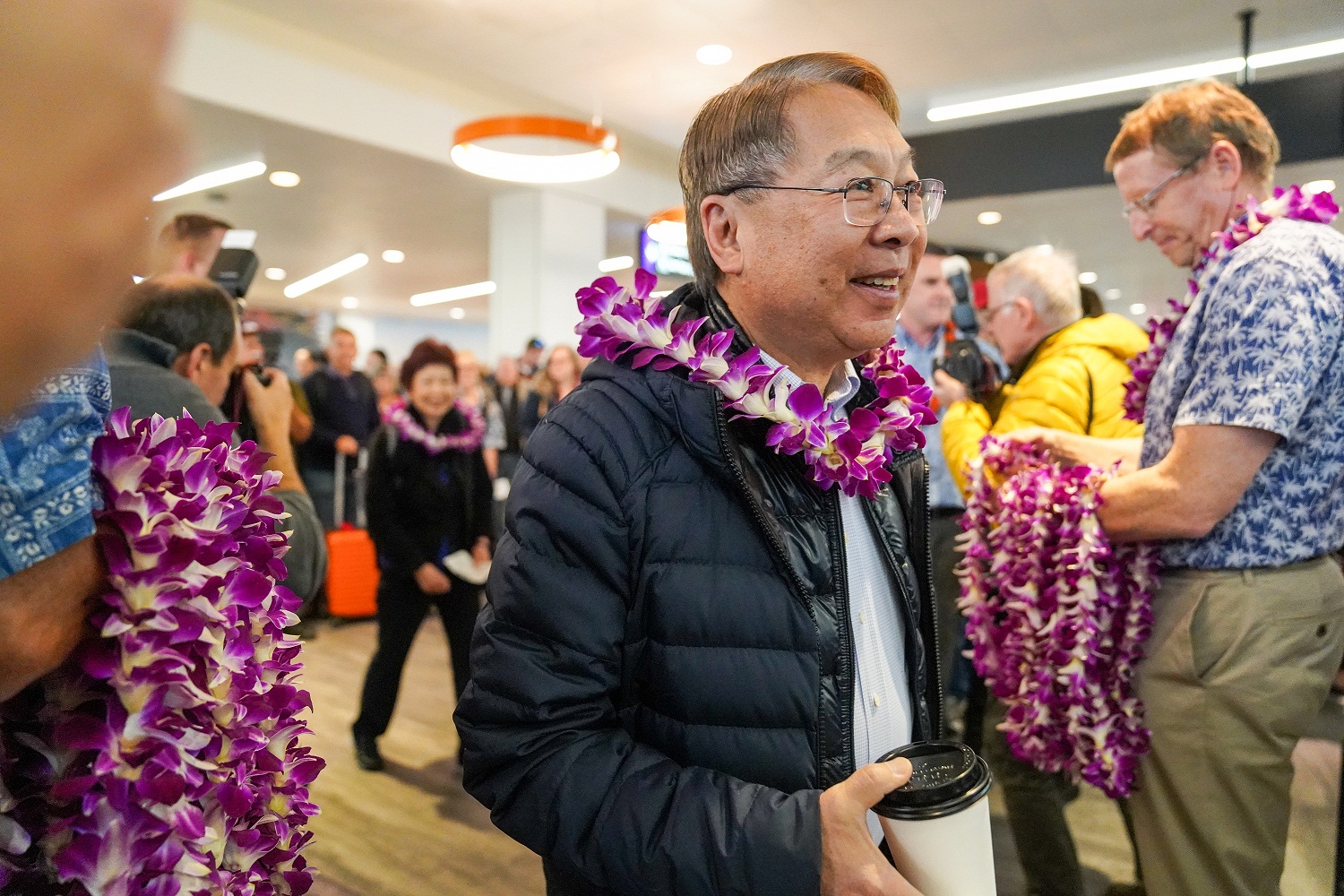SHARE, the oldest charity in Beverly Hill started with the wives of the famous Rat Pack and continues with 66 years of supporting children in Los Angeles.
![]() By: Heather Newgen | Twitter: @hnvoluntourist
By: Heather Newgen | Twitter: @hnvoluntourist
One afternoon in 1953, seven women- some of whom were the wives of the famous Rat Pack- met for lunch with a mission: to passionately commit to improve the lives of children with special needs and members of the community who are less fortunate. Fast forward 66 years, and SHARE, Inc. has now raised upwards of $54 million for charity.
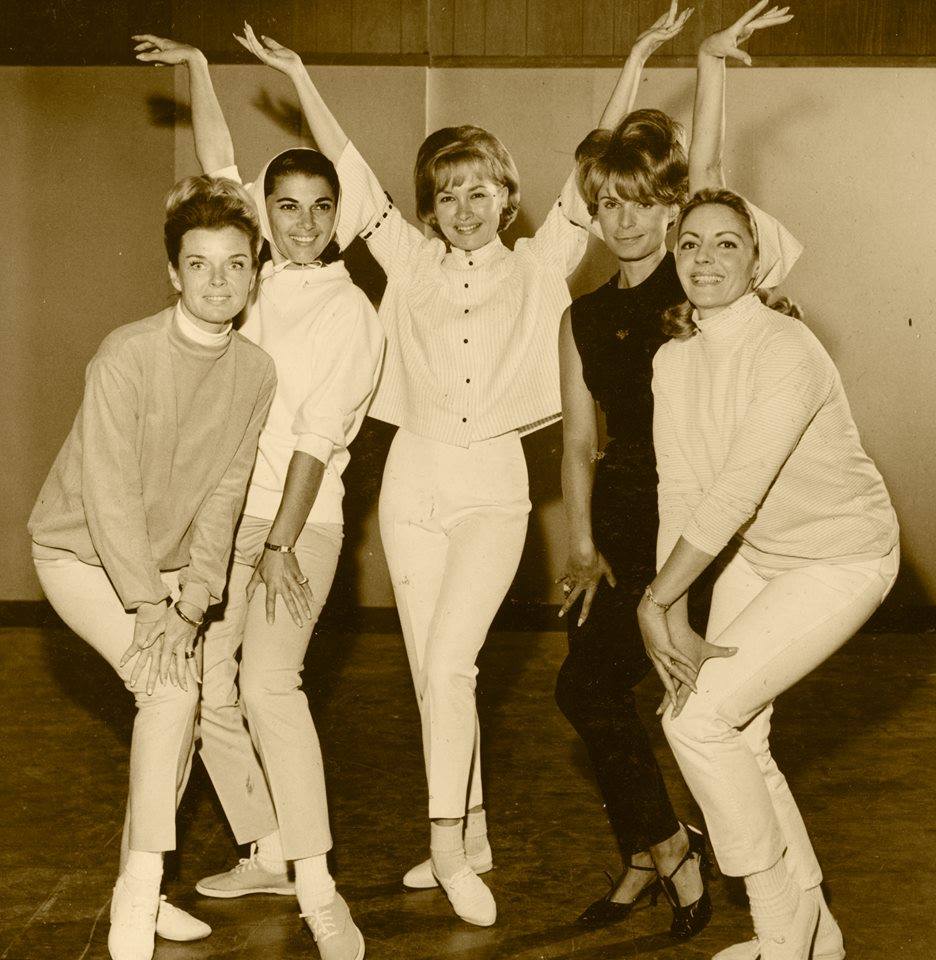
Today there are over eighty incredible women including some of the founding members who continue to play an active role in the charity. SHARE stands for their motto which is to “Share Happily and Reap Endlessly.” It’s all about giving back and in the process members make life long friendships and reap the feeling one can only get from helping others and forming such strong bonds among women.
RELATED: How Chris Pine Supports Children’s Hospital Los Angeles
Every year the charity holds an annual event- a fundraising show called Boomtown- where the women of SHARE take to the stage and perform for their guests alongside a featured act. In the original days of SHARE, Frank Sinatra, Sammy Davis Jr., John Wayne, and Kirk Douglas were very active/involved and would host the show.
Here’s more fun facts about SHARE.
–Dean Martin hosted the annual Boomtown Party show for 17 years and Johnny Carson hosted it for another 10 years.
–Celebrity supporters over the years included included Frank Sinatra, Judy Garland, John Wayne, Sammy Davis Jr. Sharon Stone, Jennifer Holliday, k.d. lang, Jamie Lee Curtis and Bruce Willis.
–SHARE was given the President’s Volunteer Action Award in 1988 by Ronald Reagan, the highest honor the President can award a charity for volunteerism.
–SHARE provided the first financial contribution for the now industry-leading Exceptional Children’s Foundation, and early money for Stuart House at The Rape Treatment Center.
This year’s event featured The Midtown Men, from the original cast of “Jersey Boys” on Broadway, and raised funds for the following charities: Children’s Hospital of Los Angeles, CASA LA (Court Appointed Special Advocates), Stuart House (The Rape Treatment Center at UCLA Medical Center), ECF ()Exceptional Children’s Foundation) and Team Primetime. All the funds SHARE raises goes back to these beneficiaries to fund their programs for the next year. They also honored Joni Berry, one of the founding members, with the Shining Spirit Award for her tireless work for the charity over the last six decades.
The charity is currently led by Corinna Fields, President and former Miss Universe; Ellen Feder, Chairman of the Board; Mandie Rush and Linda Schlesinger (Treasurers); Adele Langdon, Secretary; Diane Forester, First Vice President of Boomtown Show; September Sarno, First Vice President of Boomtown Party; and Hannah Noval, Tribute Book Chair. To learn more about how to get involved visit share4children.org.

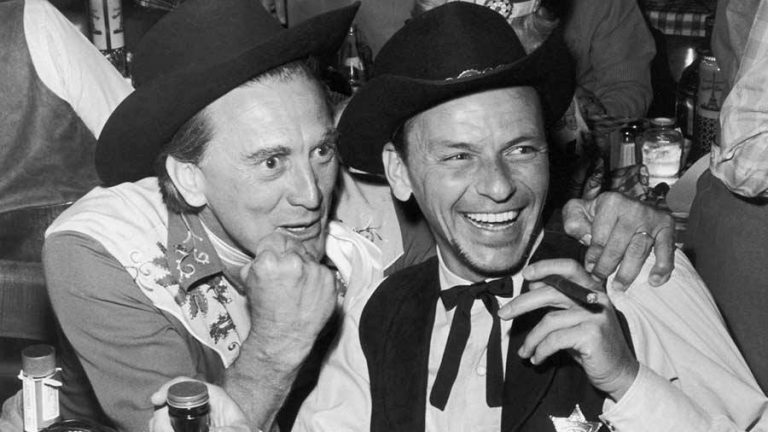

 WASHINGTON, DC – MAY 25: Acclaimed actor Dennis Haysbert and American Idol Season 17 finalist Alyssa Raghu backstage at the 2019 National Memorial Day Concert – Rehearsals at U.S. Capitol, West Lawn on May 25, 2019 in Washington, DC. (Photo by Paul Morigi/Getty Images for Capital Concerts Inc.)
WASHINGTON, DC – MAY 25: Acclaimed actor Dennis Haysbert and American Idol Season 17 finalist Alyssa Raghu backstage at the 2019 National Memorial Day Concert – Rehearsals at U.S. Capitol, West Lawn on May 25, 2019 in Washington, DC. (Photo by Paul Morigi/Getty Images for Capital Concerts Inc.) WASHINGTON, DC – MAY 25: American Idol Season 17 finalist Alyssa Raghu performs at the 2019 National Memorial Day Concert – Rehearsals at U.S. Capitol, West Lawn on May 25, 2019 in Washington, DC. (Photo by Paul Morigi/Getty Images for Capital Concerts Inc.)
WASHINGTON, DC – MAY 25: American Idol Season 17 finalist Alyssa Raghu performs at the 2019 National Memorial Day Concert – Rehearsals at U.S. Capitol, West Lawn on May 25, 2019 in Washington, DC. (Photo by Paul Morigi/Getty Images for Capital Concerts Inc.)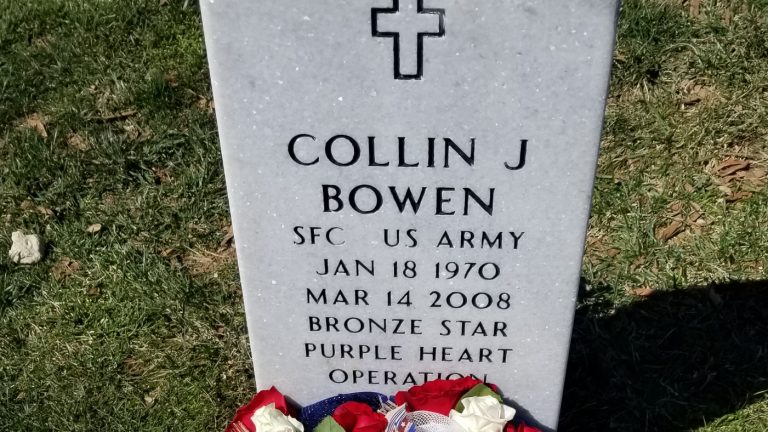
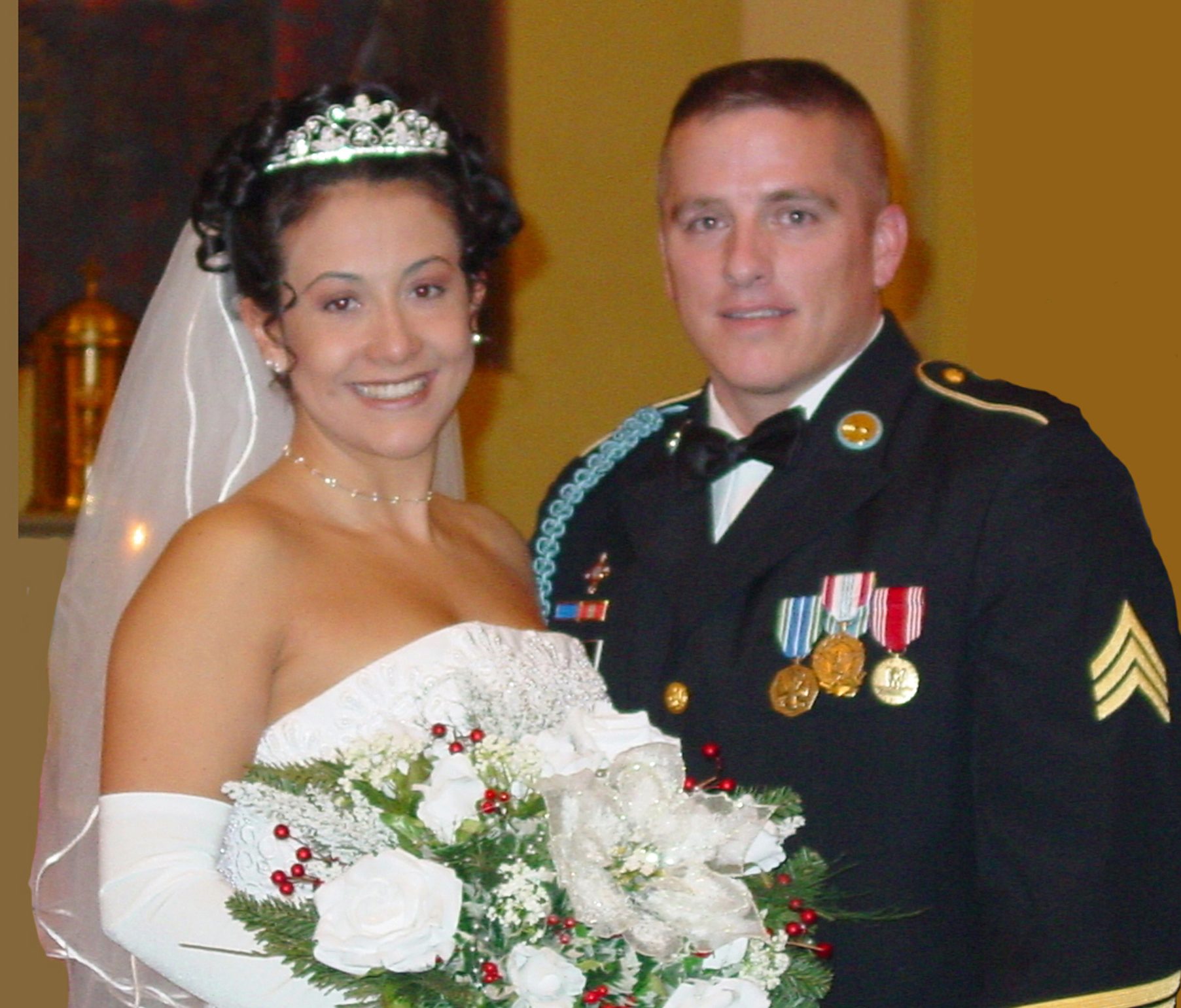
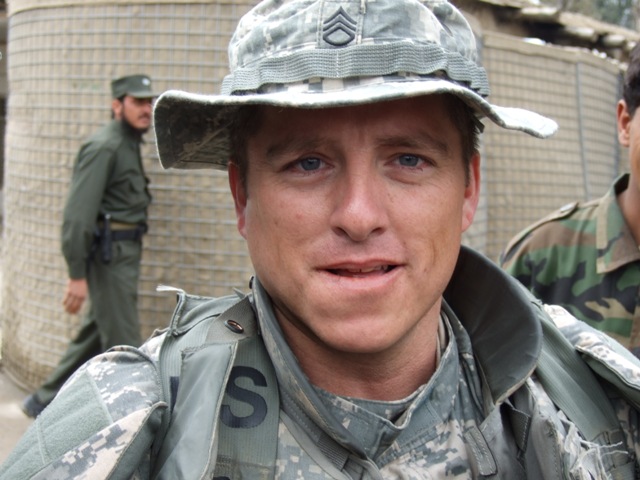
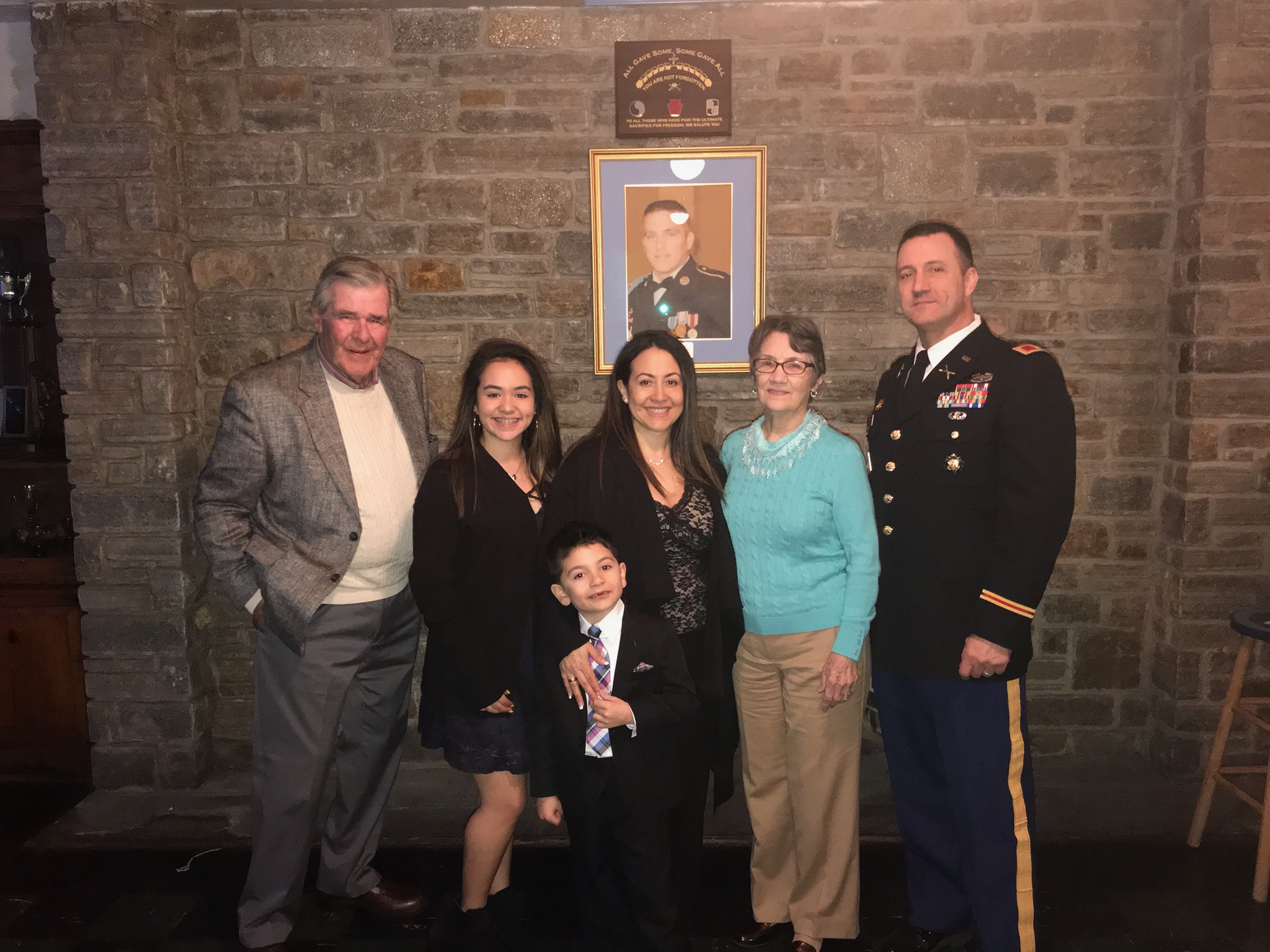
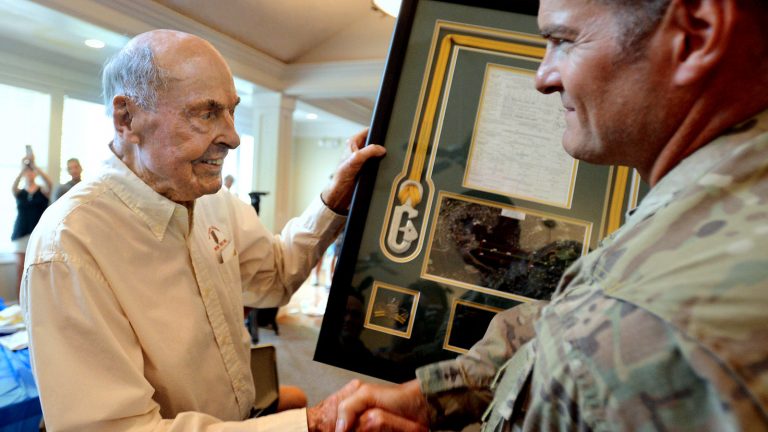
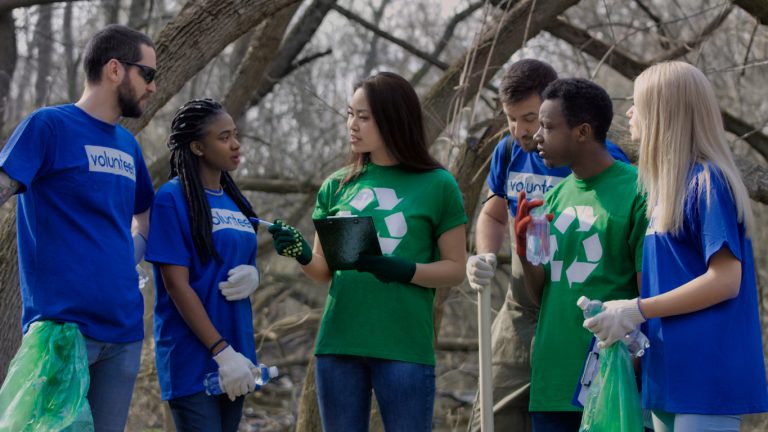
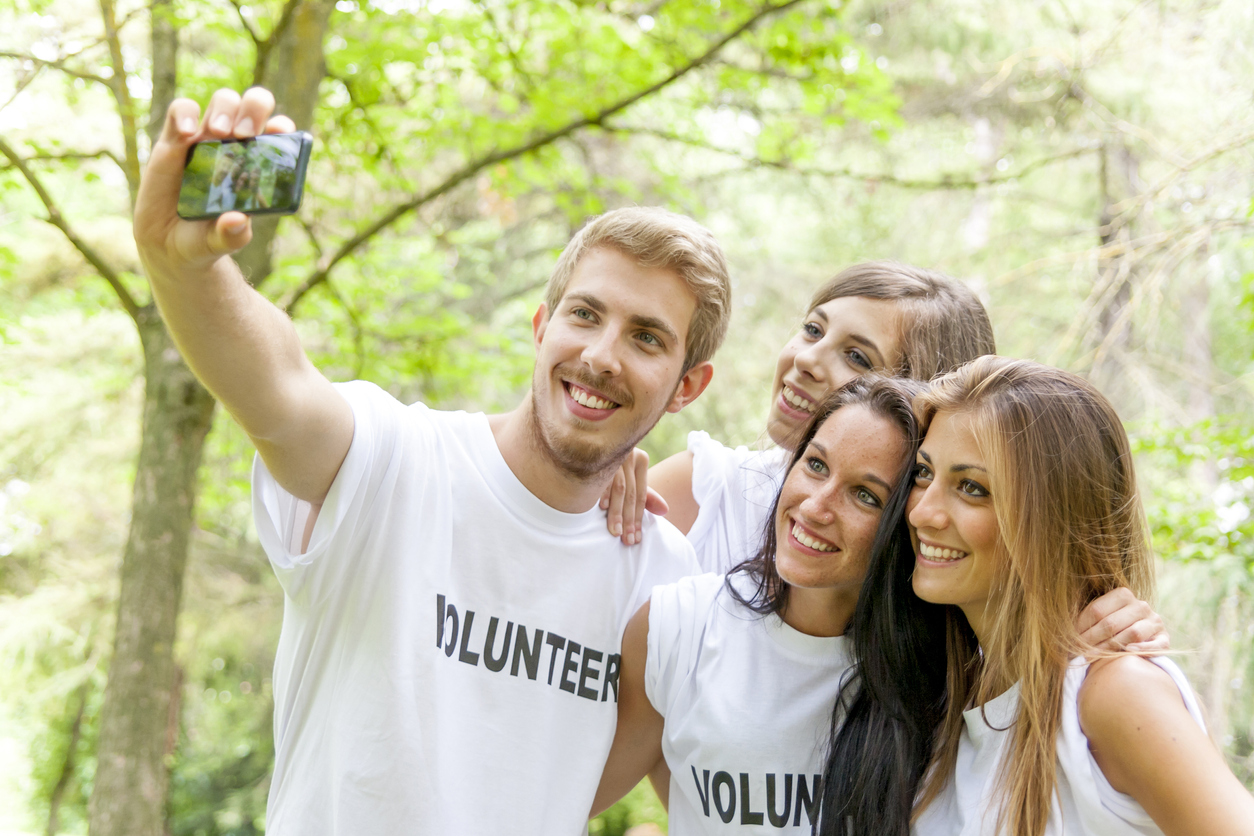
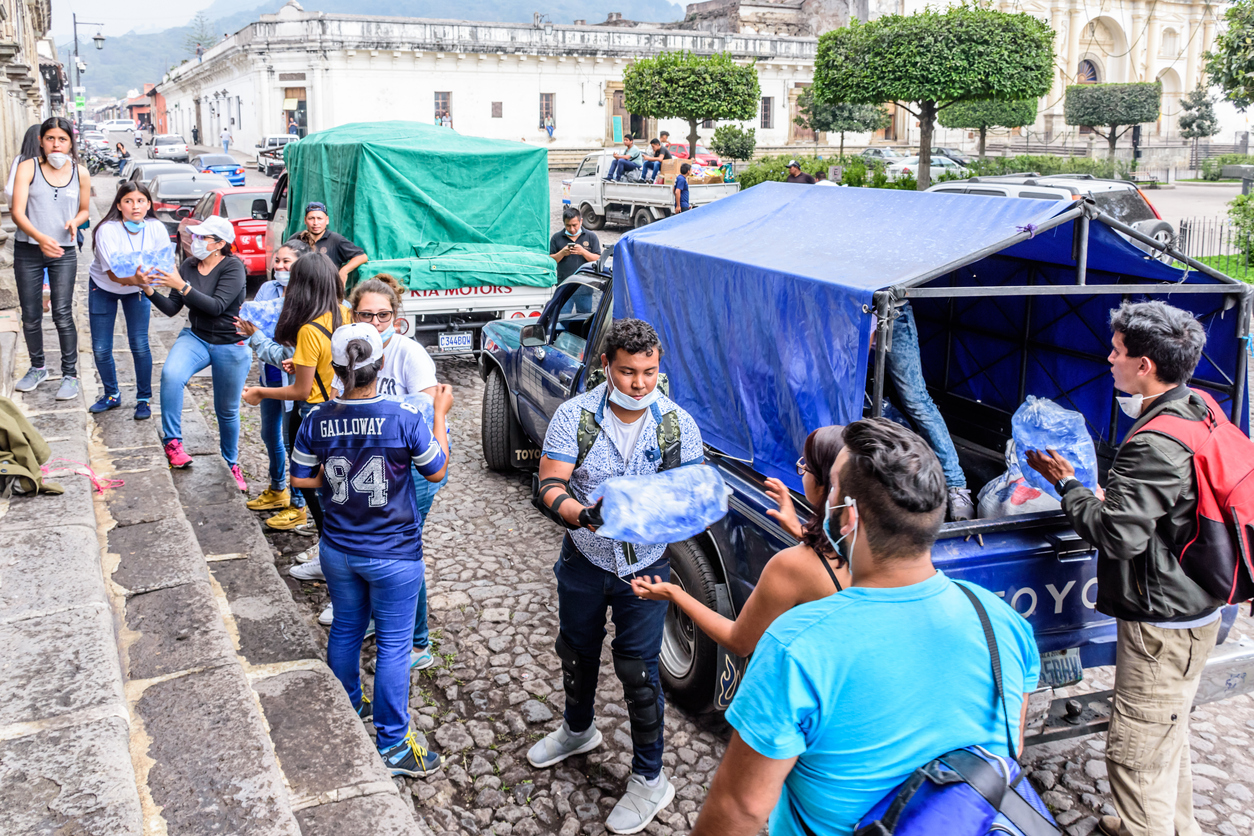














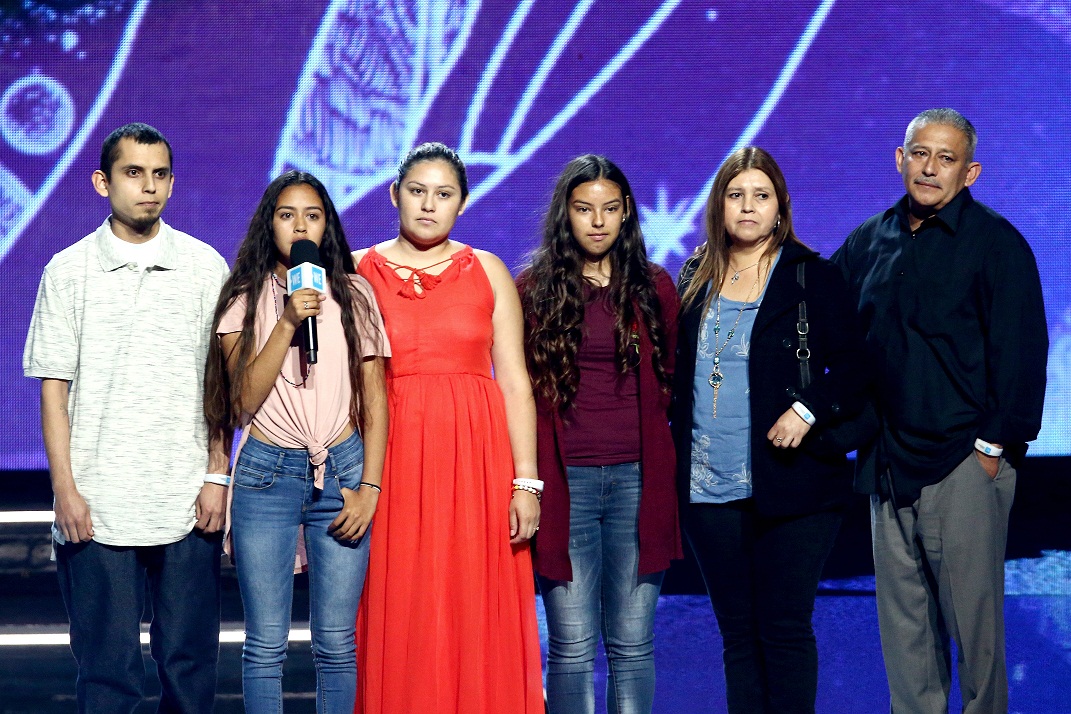 INGLEWOOD, CALIFORNIA – APRIL 25: Fatima Avelica (second from left) and family speak onstage at WE Day California at The Forum on April 25, 2019 in Inglewood, California.
INGLEWOOD, CALIFORNIA – APRIL 25: Fatima Avelica (second from left) and family speak onstage at WE Day California at The Forum on April 25, 2019 in Inglewood, California.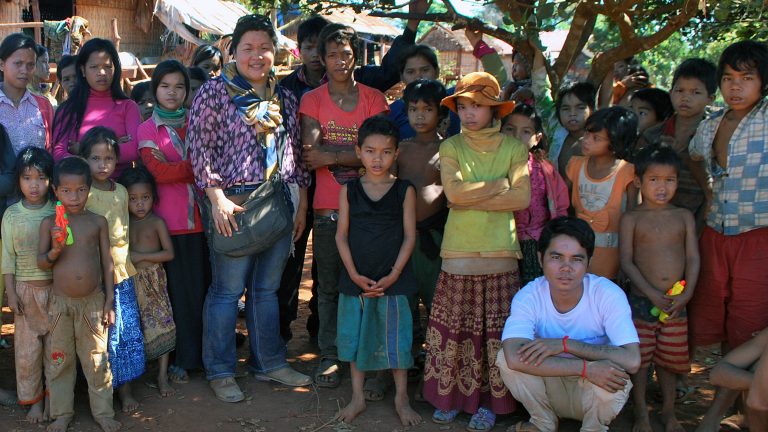
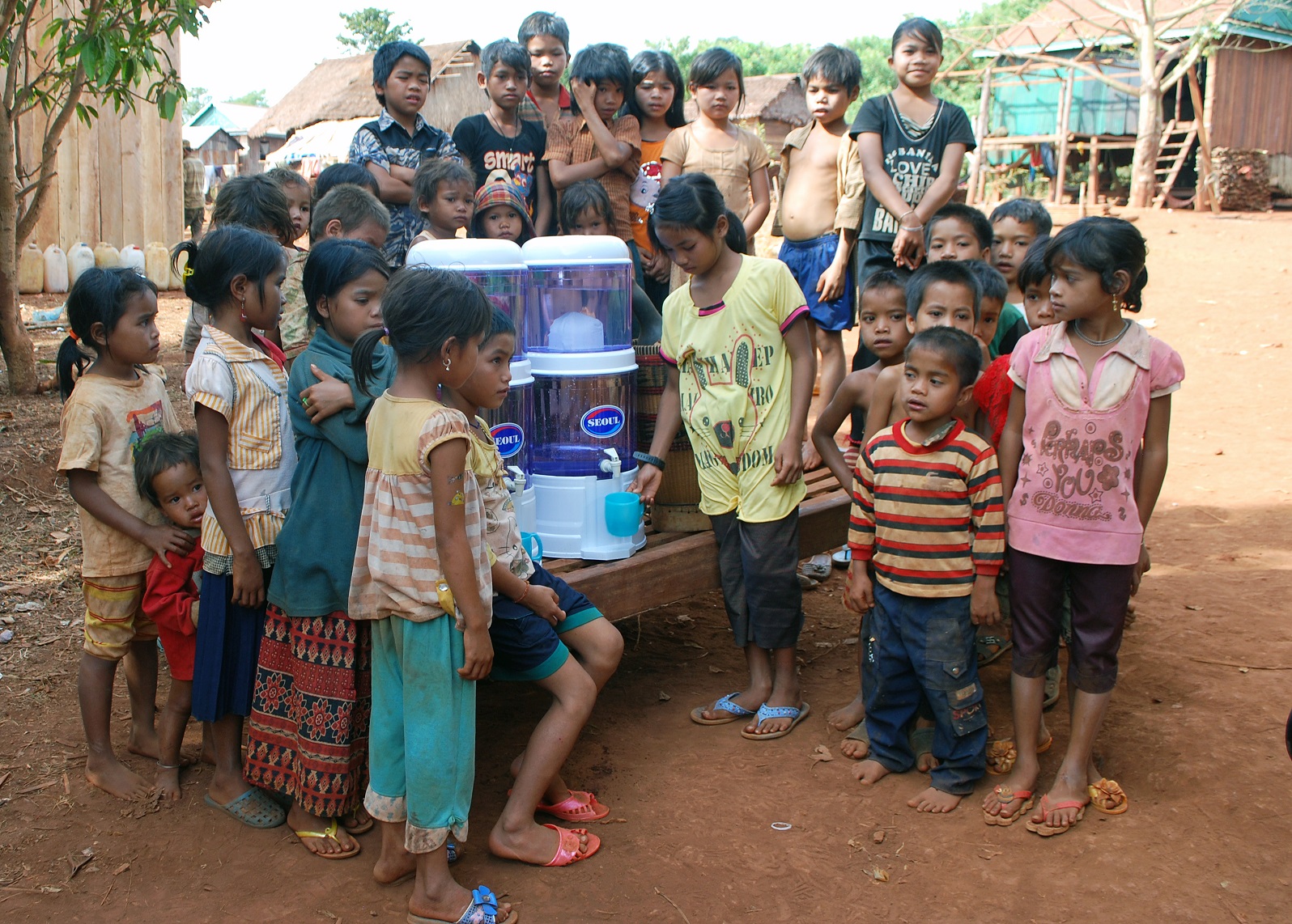 Cambodian genocide survivor Sunchea Phou delivers needed supplies to Cambodia
Cambodian genocide survivor Sunchea Phou delivers needed supplies to Cambodia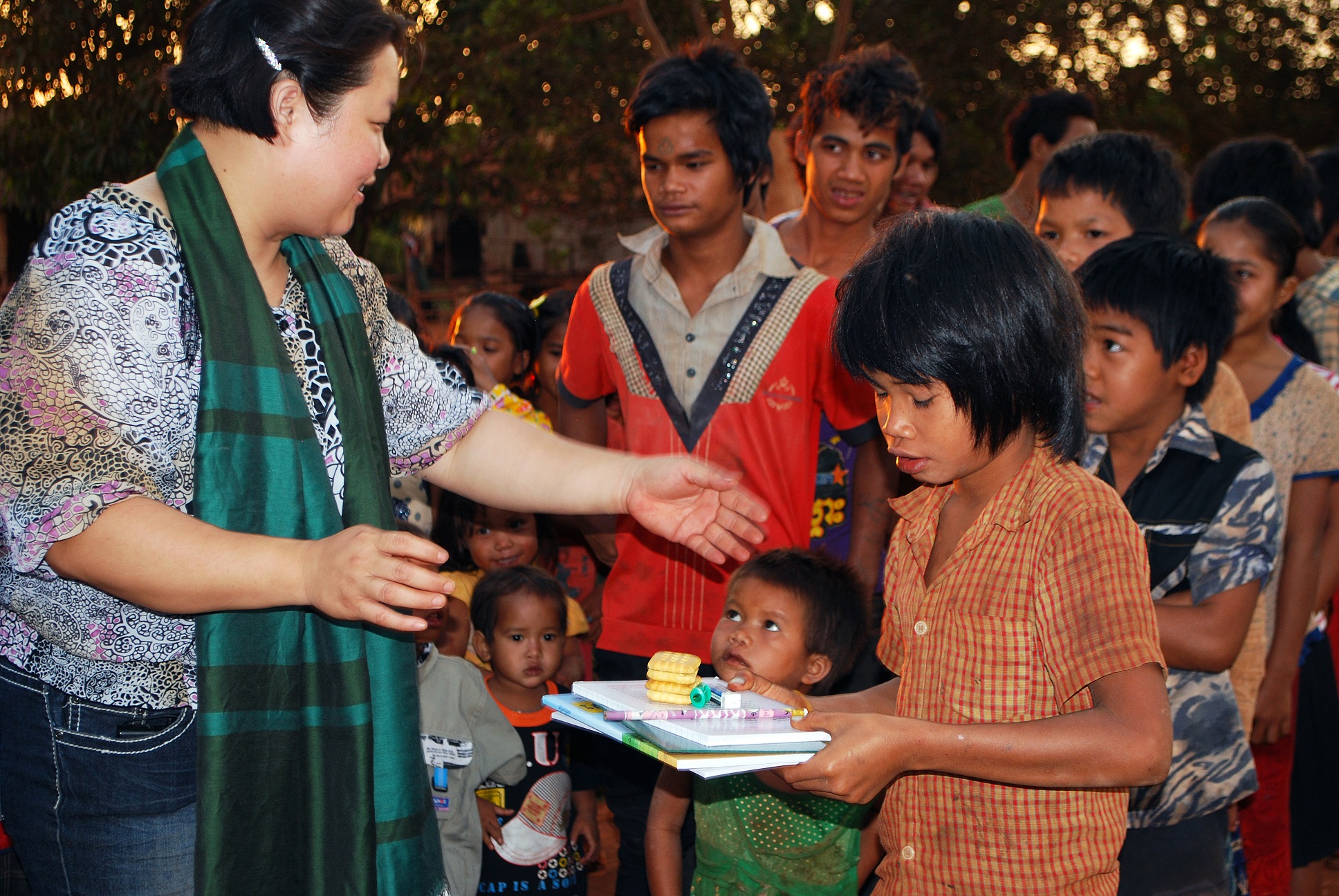 Cambodian genocide survivor Sunchea Phou delivers needed supplies to Cambodia
Cambodian genocide survivor Sunchea Phou delivers needed supplies to Cambodia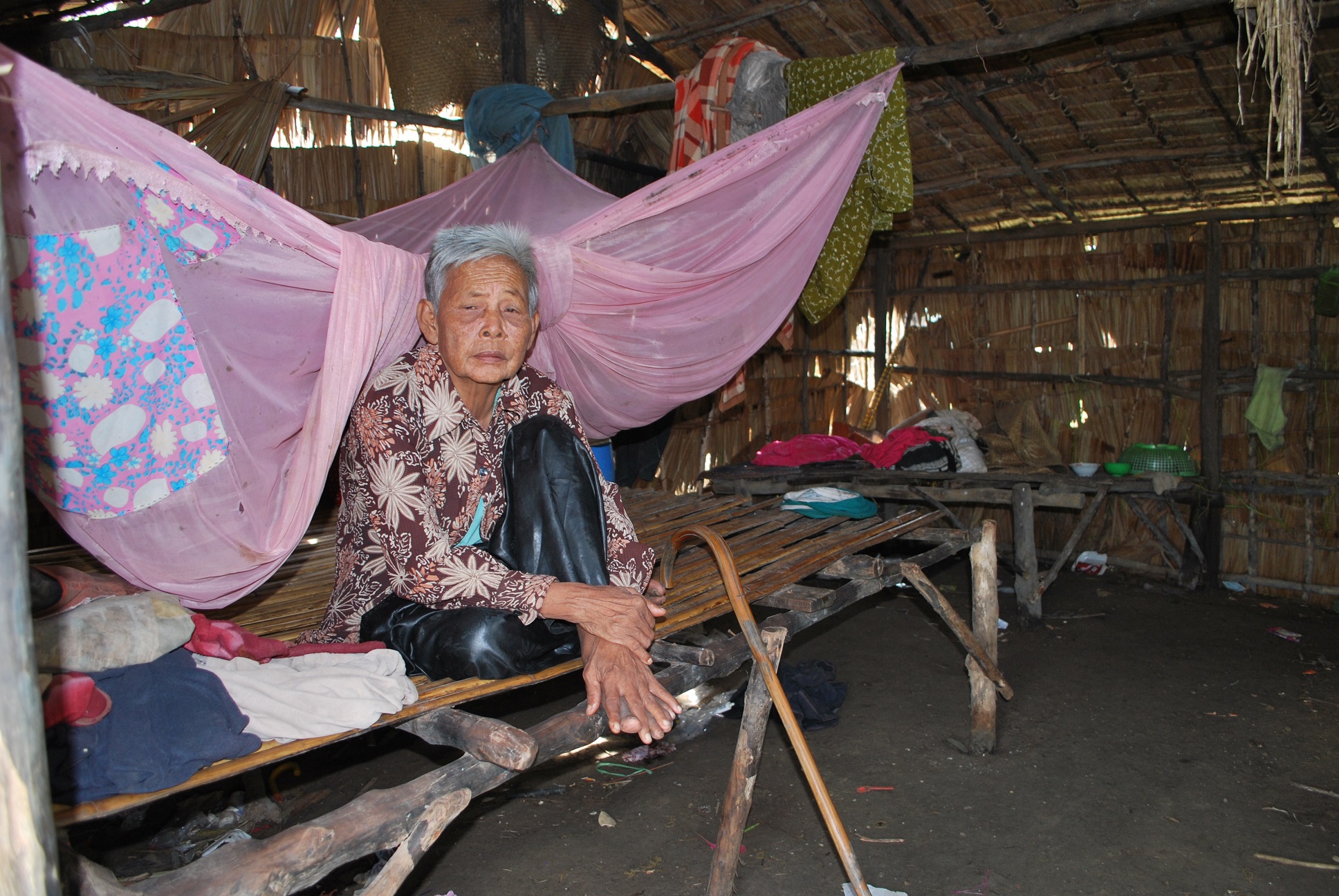 Cambodian genocide survivor
Cambodian genocide survivor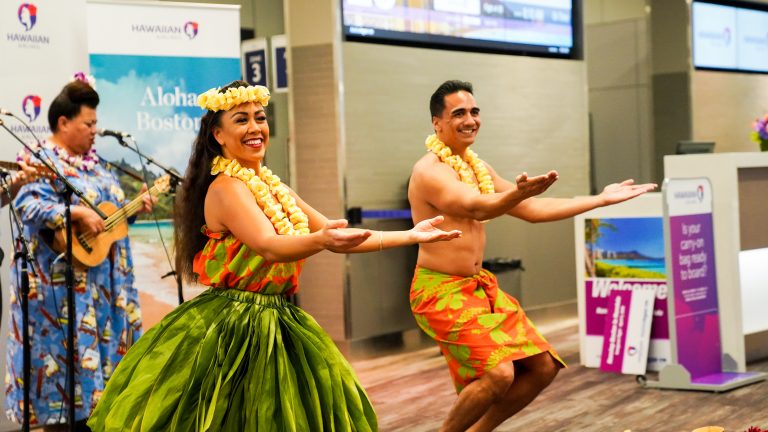
 Client: Hawaiian Airlines
Client: Hawaiian Airlines